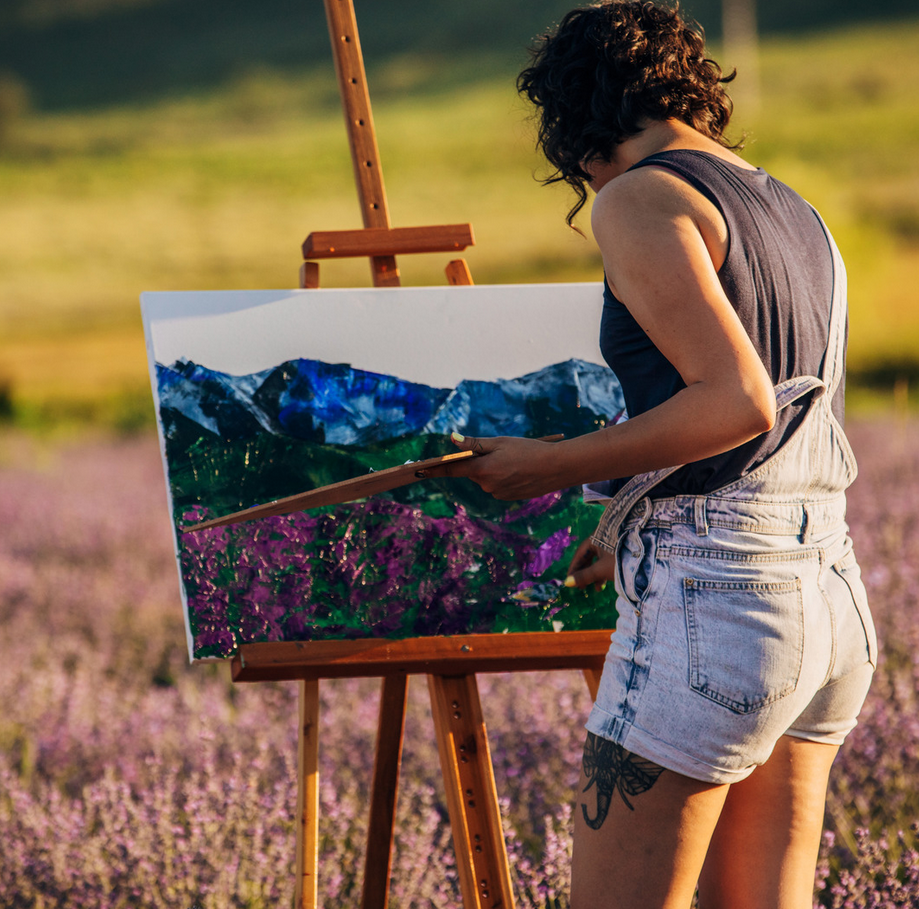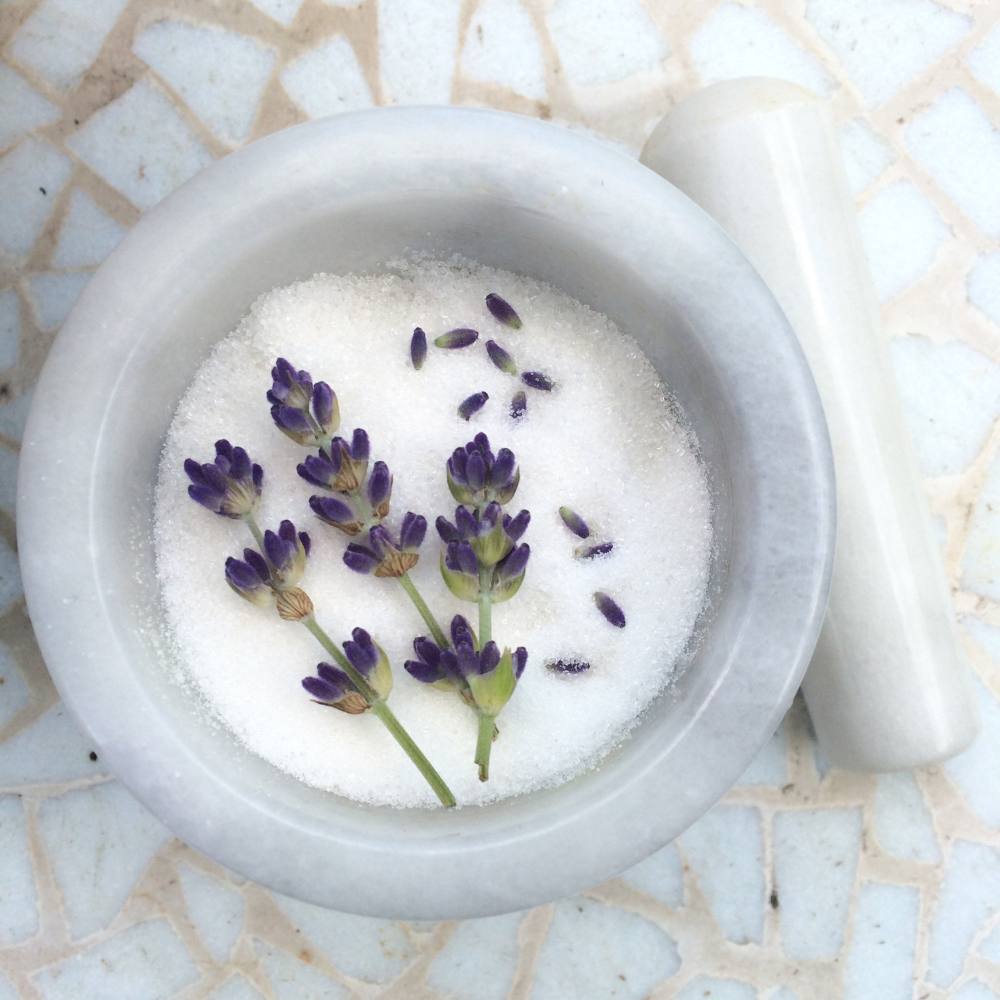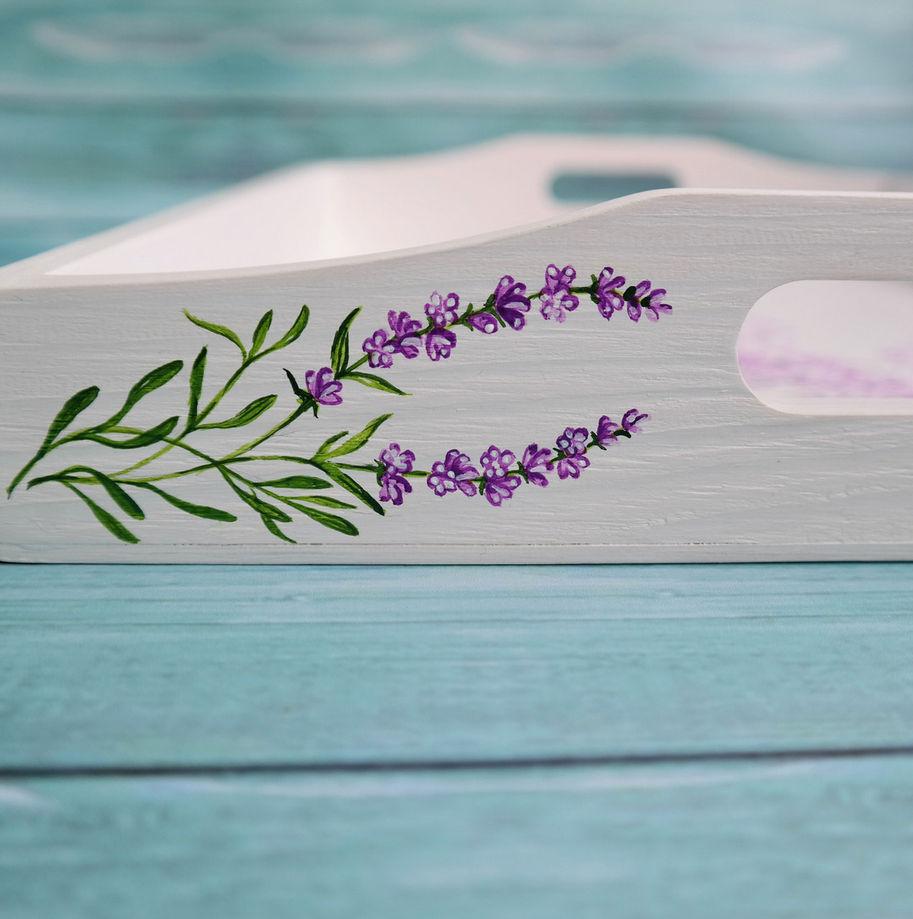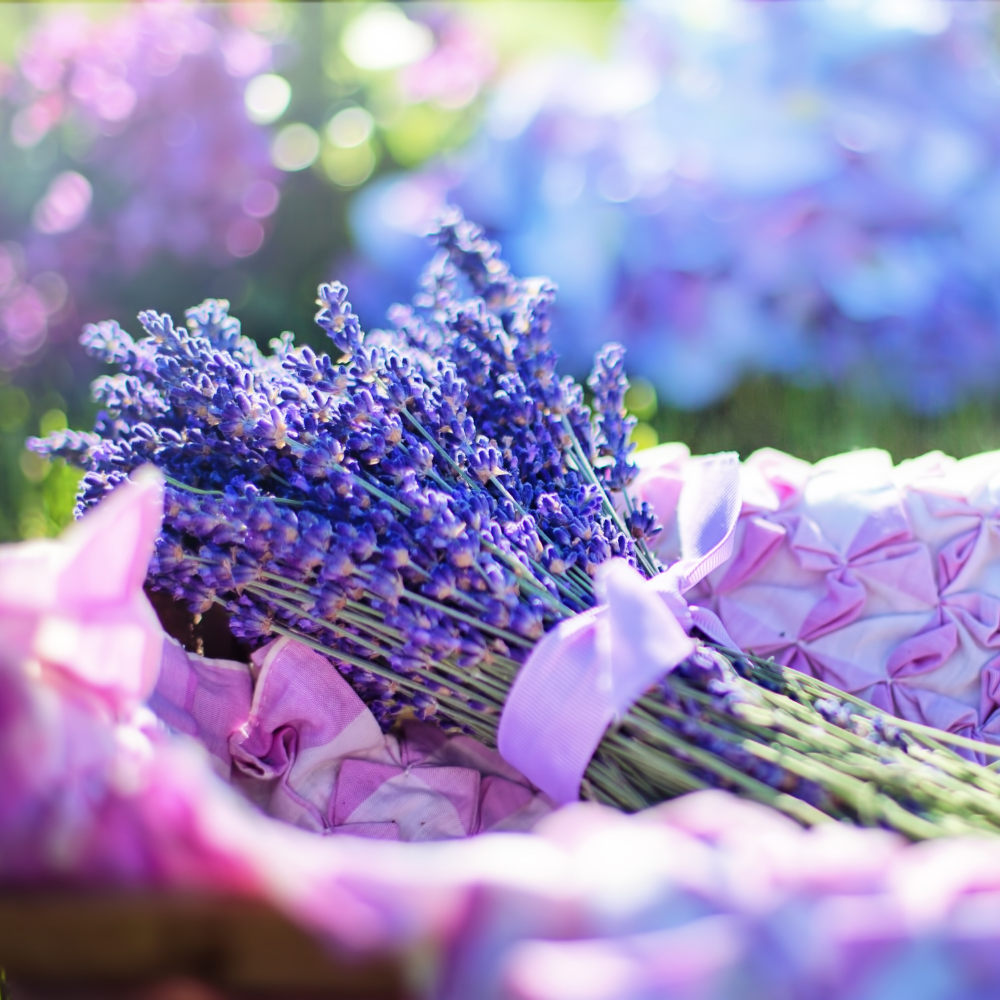French lavender, with its distinctive fragrance and striking blooms, has captivated gardeners and creatives alike.
Dive into the enchanting realm of French lavender, a plant celebrated not just for its soothing fragrance and vibrant purple hues, but also for its ability to inspire creativity and artistry.
This comprehensive guide is your passport to exploring the multifaceted world of French lavender, from mastering its cultivation in your garden to discovering the myriad of ways it can be woven into your creative endeavors.
It's time to explore the world of French lavender, gaining insights into its cultivation, uses, and the art it inspires.
Whether you're a green thumb, an artist seeking muse, or simply someone enchanted by the allure of lavender, prepare to be inspired by the versatility and beauty of this beloved botanical.
Let's embark on a journey that transcends the garden, exploring how French lavender can color our world and spark our imagination.
Key Takeaways:
- French lavender, known scientifically as Lavandula stoechas, is a popular plant for its aromatic flowers and versatility in uses from landscaping to essential oils.
- Proper cultivation of French lavender involves understanding the plant's needs for full sun, well-draining soil, and careful watering to prevent root rot.
- Beyond its beauty in the garden, French lavender can be used in dried arrangements, creative artworks, and for its essential oils, which have various applications.
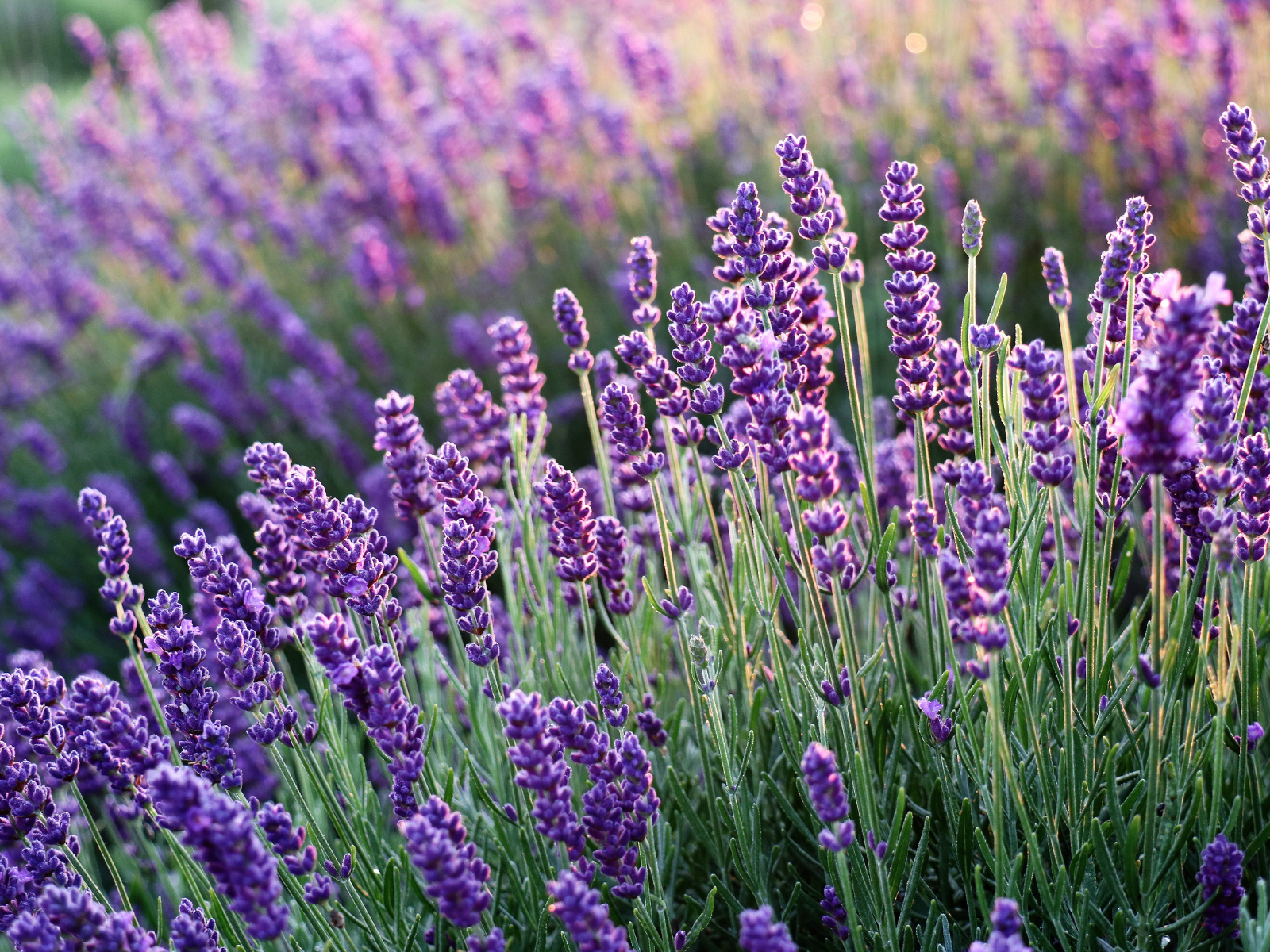
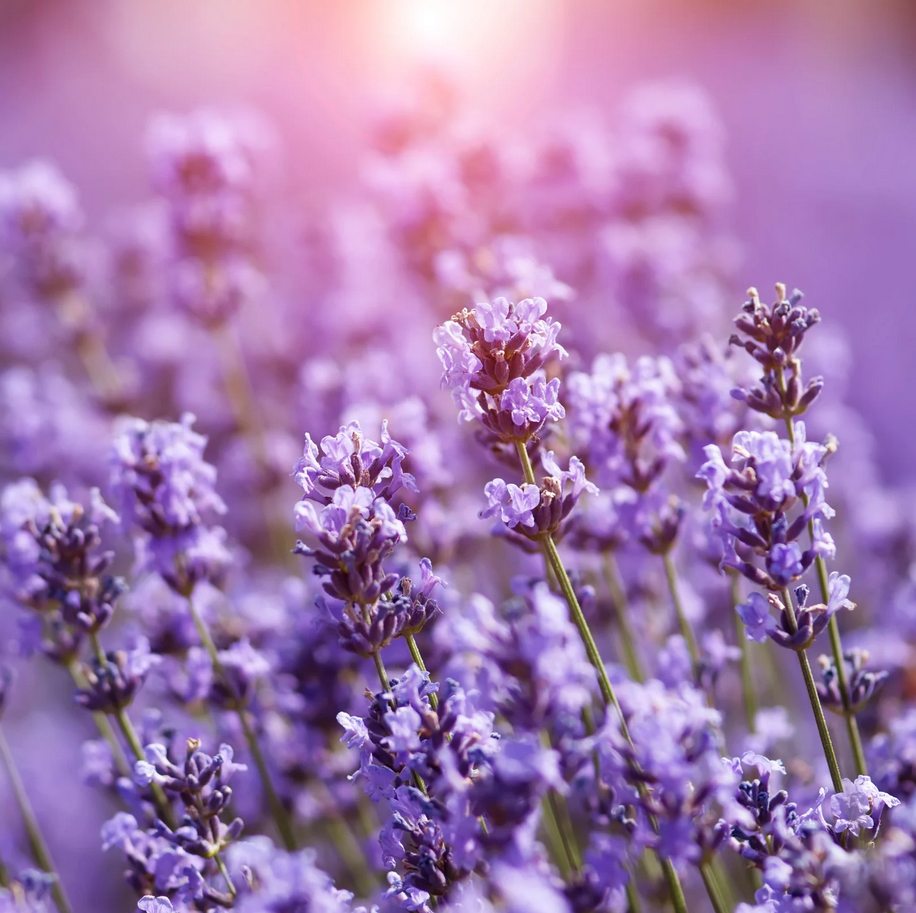
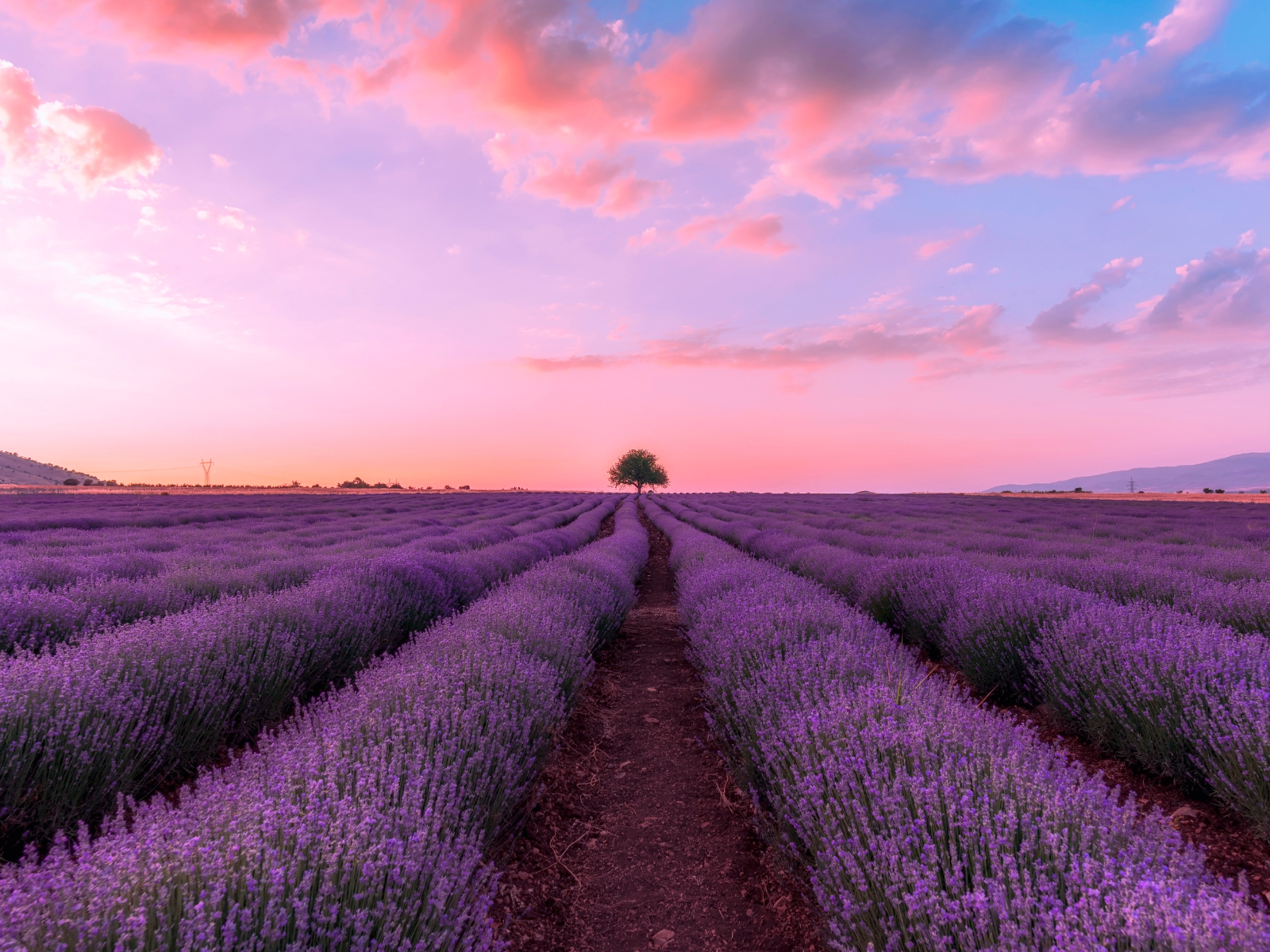
Understanding French Lavender
French lavender, or Lavandula stoechas, is a species distinct from its cousins, English lavender (Lavandula angustifolia) and Spanish lavender (Lavandula dentata).
Known for its butterfly-like flower heads and less camphor-scented oil, French lavender blooms are a favorite in gardens and as cut flowers.
Its native range spans the Mediterranean, where it thrives in hot climates and nutrient-poor soils.
To name French lavender correctly, it's essential to distinguish it from other lavender varieties.
Its serrated leaves and the unique shape of its blooms are key identifiers.
French lavenders are also known for their ability to bloom year-round in mild winters, adding long-lasting color and fragrance to landscapes.
French Lavender Varieties
While Lavandula stoechas is the primary species referred to as French lavender, there are several varieties within this species.
Each variety may have subtle differences in bloom color, size, and cold hardiness.
When selecting a variety to grow, consider your climate and the specific look you desire for your garden or potted plants.
Some popular French lavender varieties include 'Anouk', which is known for its deep purple flowers and cold hardy nature, and 'Papillon', which boasts large, winged blooms.
Researching the different varieties can help you choose the best French lavender for your needs, whether for landscaping, cut flowers, or creative projects.
Planting French Lavender
When you decide to plant French lavender, early spring is the ideal time.
This allows the plant to establish itself before the growing season.
Choose a location with full sun and ensure the soil is well-draining to prevent root rot.
If you're working with clay or another heavy soil, improve drainage by incorporating gravel mulch or planting in raised beds.
For those in humid climates, good air circulation around French lavender plants is crucial.
This helps to ward off fungal diseases that thrive in moisture-laden environments.
Potted plants can be an excellent option for those with less-than-ideal ground conditions, as pots indoors offer control over the growing medium and drainage.
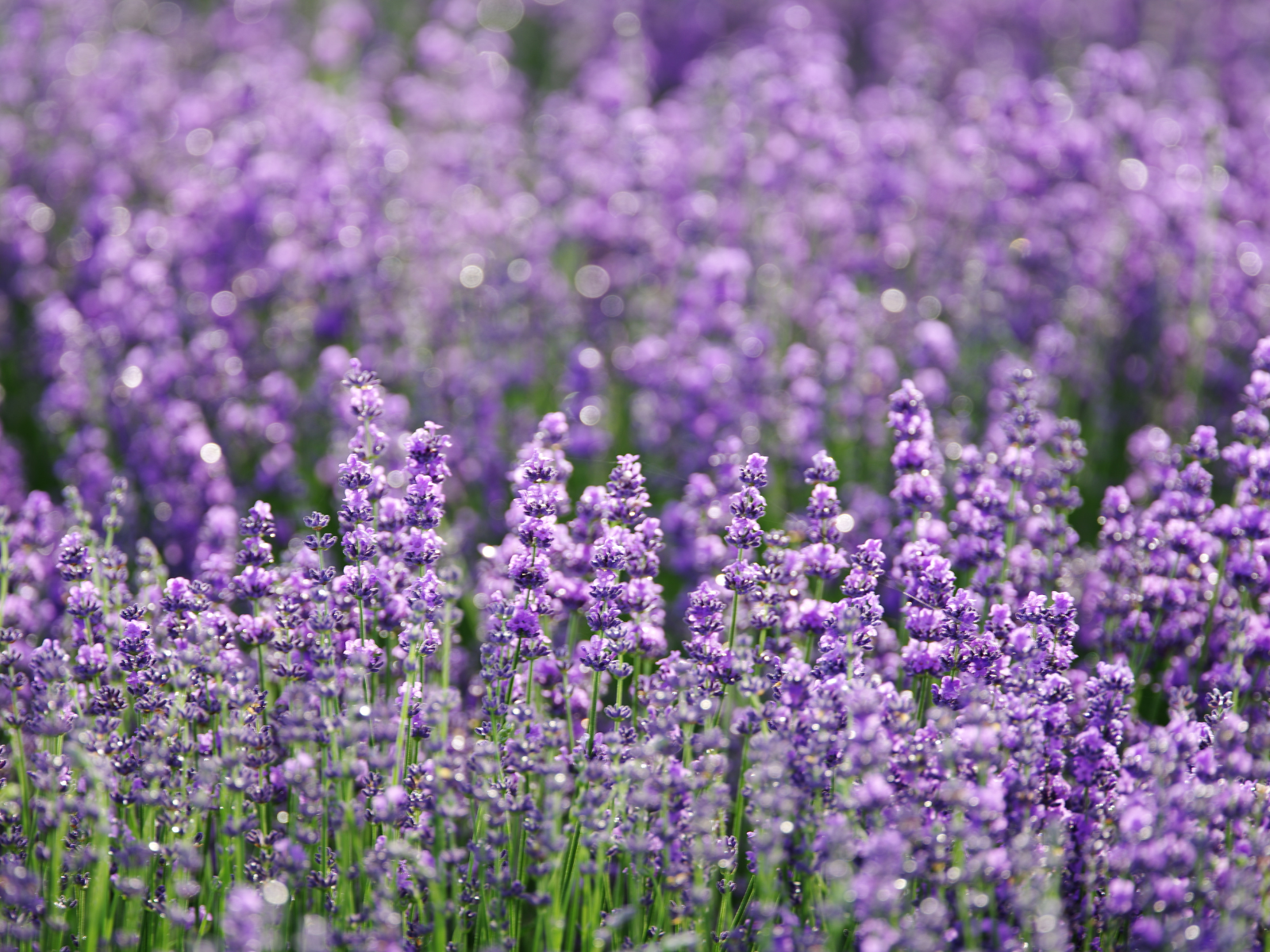
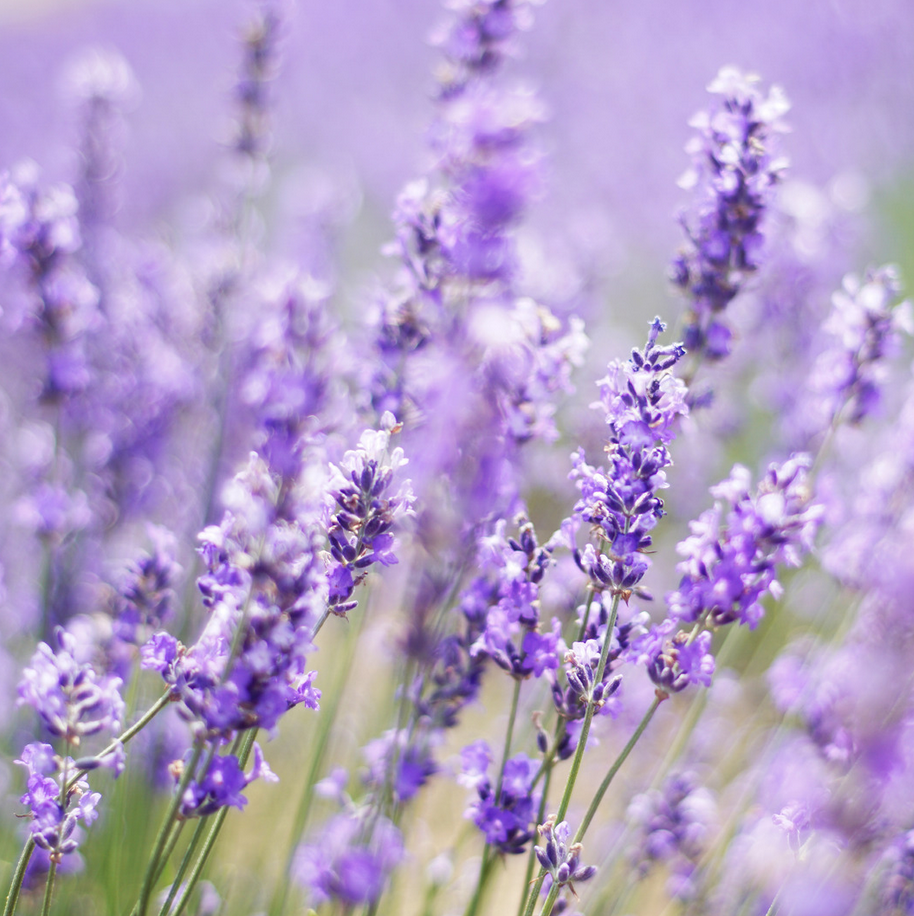
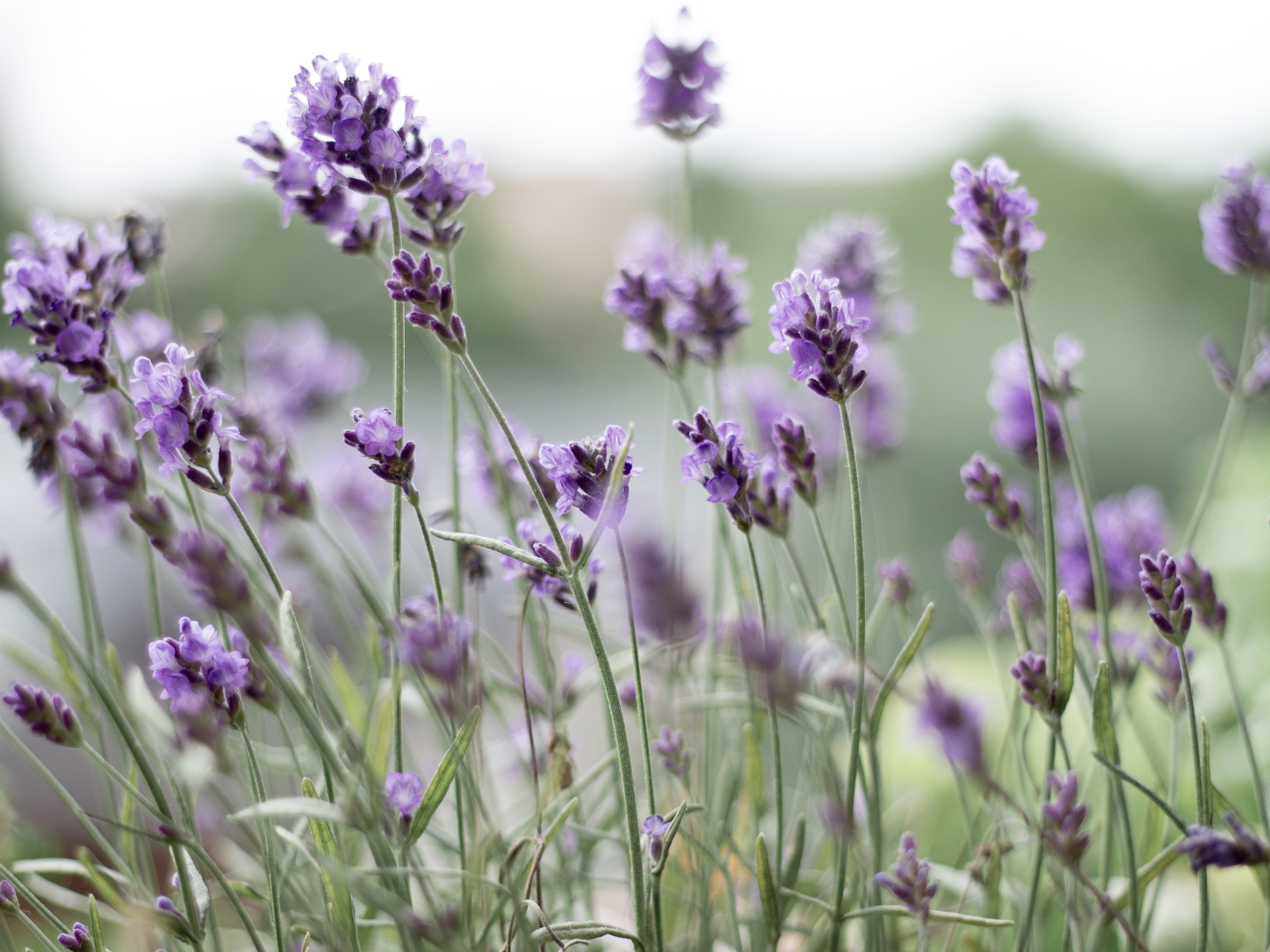
Caring for French Lavender
Once established, French lavender is extremely drought tolerant.
Water sparingly, only when the soil is dry to the touch.
Overwatering can lead to root rot, a common issue with lavender plants.
In regions with cold winters, consider using drip irrigation to provide supplemental watering without excess moisture on the foliage.
Prune French lavender in early summer, after the first bloom, to encourage a second bloom time and maintain a compact shape.
Be cautious not to cut into old wood, as this can damage the plant. Regular pruning also promotes good air circulation, which is vital for the plant's health, especially in humid climates.
French Lavender in Landscaping
French lavender is a versatile plant that can be used in mass plantings for a dramatic effect or as individual specimens for accent points.
Its ability to withstand extreme heat makes it a favorite for hot climates, where it can provide continuous color and scent.
When growing lavender in colder regions, use gravel mulch to reflect heat and light onto the plant, mimicking its native environment.
In addition to its aesthetic appeal, French lavender is a practical choice for gardeners dealing with poor soil.
Its tolerance for alkaline soil and nutrient-poor conditions means it can thrive where other plants might struggle.
This resilience makes it an excellent choice for challenging garden spots.
Harvesting and Using French Lavender
The best time to harvest French lavender flowers is in early summer, just as the blooms begin to open.
Cut flowers can be used fresh or dried for various purposes.
Dried lavender retains its fragrance for a long time, making it ideal for sachets, potpourri, and dried floral arrangements.
For those interested in working with lavender beyond the garden, the blooms can be incorporated into creative lavender projects.
Lavender art, from paintings to textiles, often features the plant's iconic silhouette and color.
Additionally, the essential oils extracted from French lavender are used in aromatherapy, skincare, and even for human consumption in culinary applications.


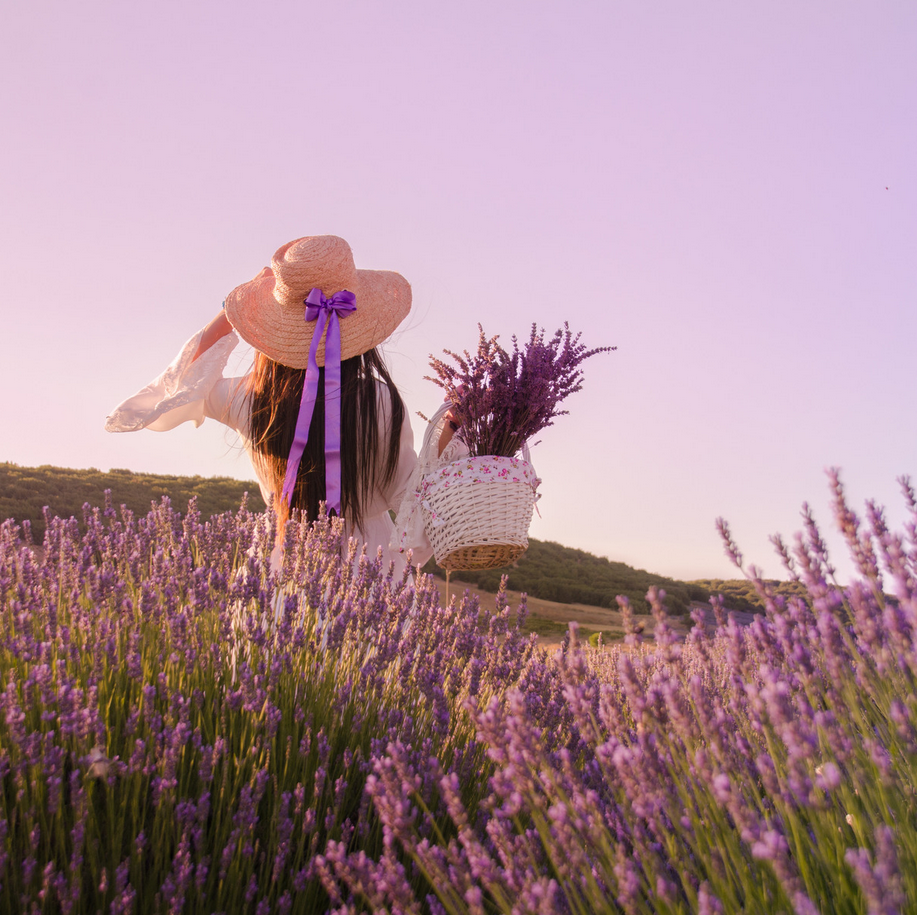
Propagating French Lavender
French lavender, with its alluring fragrance and vibrant blooms, can be propagated to expand your garden or share with fellow enthusiasts.
The process involves taking cuttings from a healthy parent plant, ideally in spring or early summer.
Cuttings should be about 3-4 inches long, taken just below a node, and it's beneficial to use a sharp, sterilized tool to prevent disease transmission.
Remove the lower leaves and dip the cut end into a rooting hormone before planting in a well-draining soil mix.
This encourages the development of new roots and increases the success rate of propagation.
The key to successful propagation lies in maintaining the right conditions.
French lavender prefers a warm, sunny location, and while it thrives in nutrient-poor soil, ensuring the medium is well-drained is crucial.
Overwatering is a common mistake; it's essential to keep the soil moist but not waterlogged.
Using pots with drainage holes and a gritty, sandy potting mix can help prevent root rot.
With patience and proper care, new lavender plants will begin to establish themselves, ready to bloom year-round and add beauty to your garden.
Growing French Lavender in Containers
For those without garden space or living in regions with cold winters, growing French lavender in containers is an excellent alternative.
Pots indoors allow for control over the growing conditions, ensuring that the plant receives full sun and is protected from extreme cold.
Use well-drained soil and pots with drainage holes to avoid waterlogging.
Container-grown French lavender can also be moved to optimize sunlight exposure throughout the day.
This mobility is particularly beneficial during the winter months when sunlight may be limited.
Additionally, pots can be brought indoors to protect the plants from cold snaps, ensuring year-round enjoyment of their beauty and fragrance.
French Lavender and Wildlife
French lavender is not only a delight for humans but also attracts beneficial wildlife to the garden.
Pollinators such as bees and butterflies are drawn to its flowers, making it an excellent choice for those looking to support local ecosystems.
The plant's resilience also means it can provide a consistent source of nectar throughout the growing season.
Birds, too, may visit gardens with French lavender, as the dense foliage can offer shelter.
By incorporating French lavender into your landscaping, you contribute to the biodiversity of your area, supporting a range of wildlife while enjoying the plant's aesthetic and aromatic benefits.
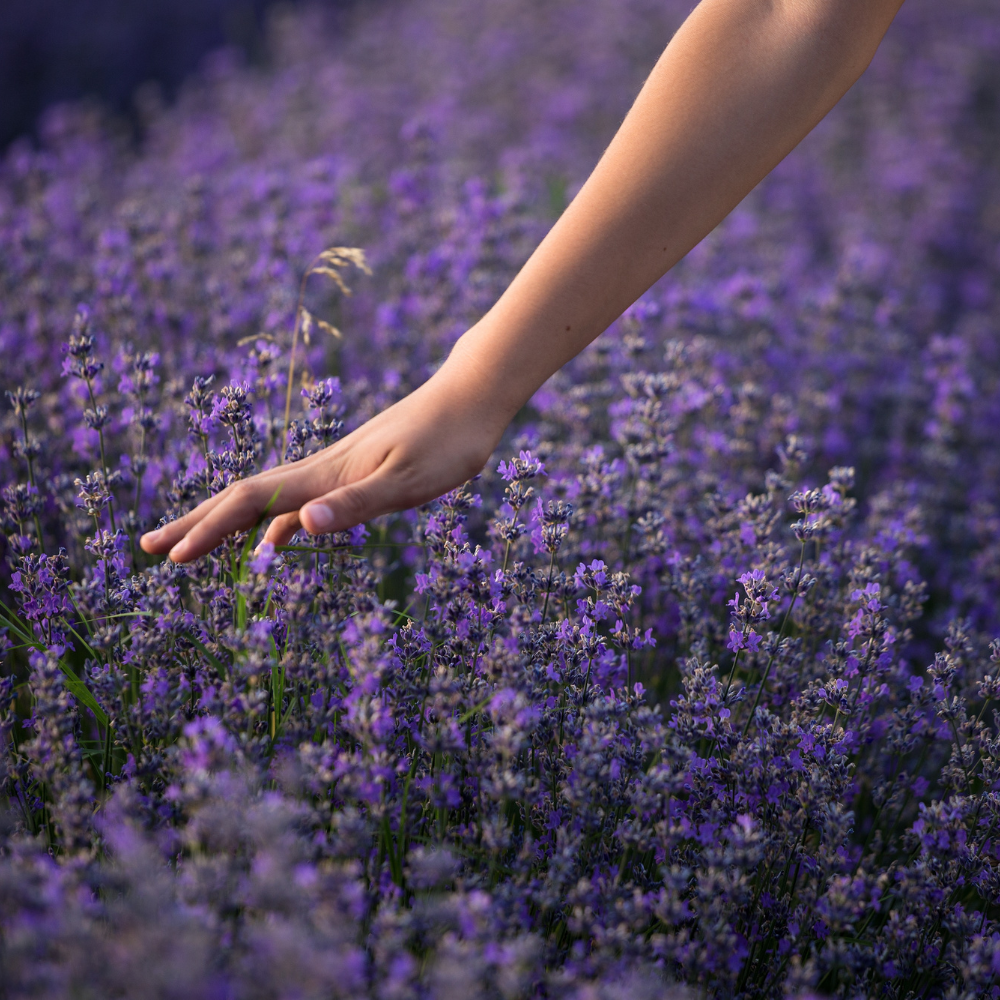
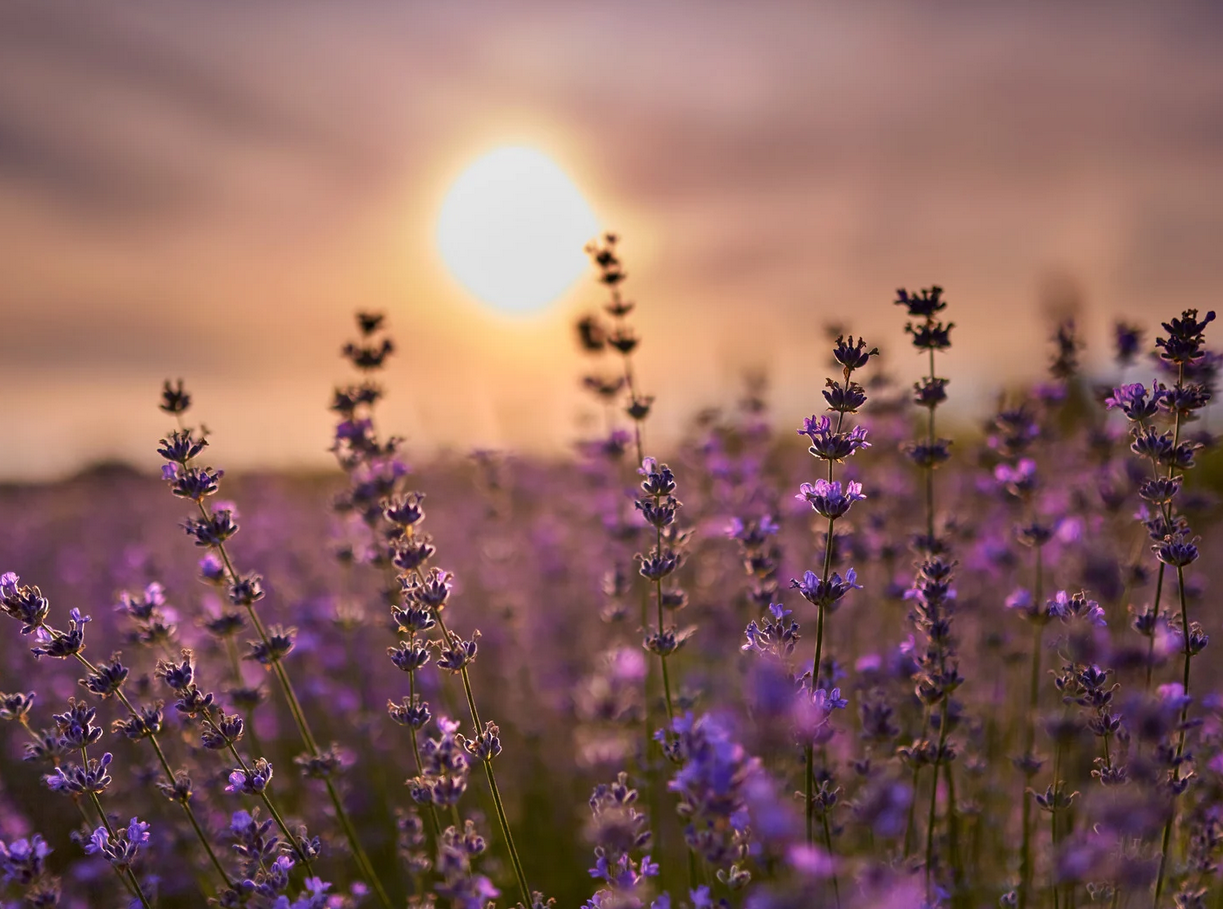
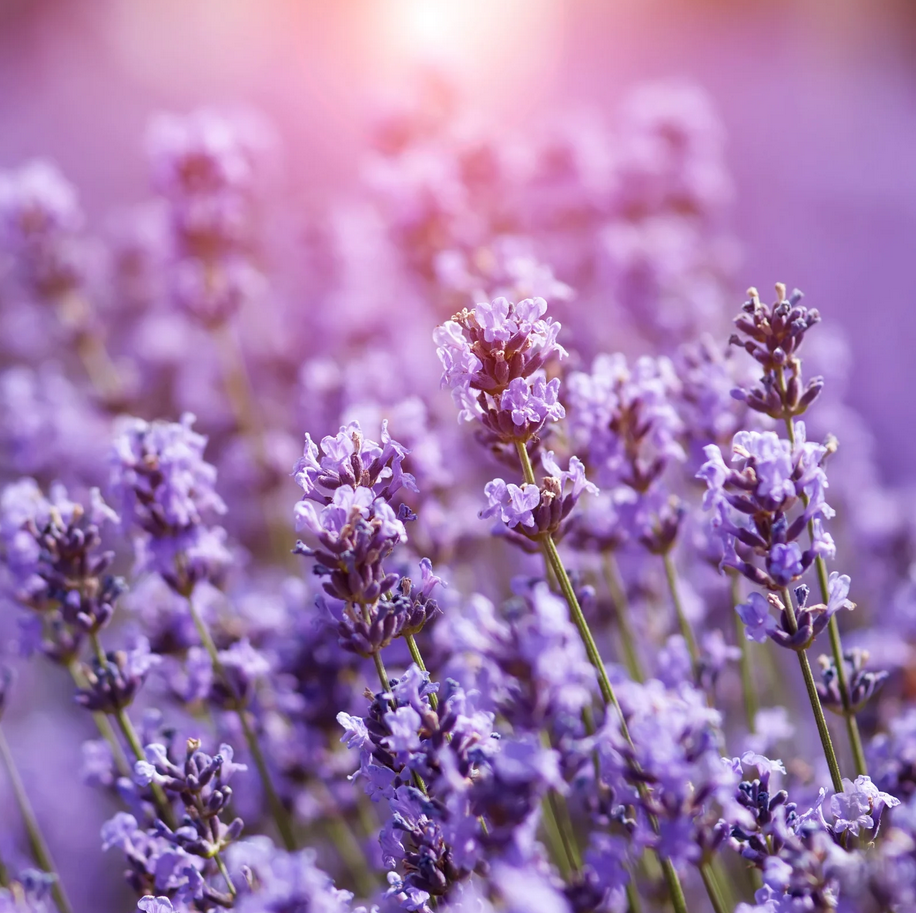
French Lavender and Creativity
The allure of French lavender extends into the realm of creativity.
Artists and crafters find inspiration in the plant's beauty, using it in lavender artwork and creative lavender projects.
From wreaths to handmade soaps, the possibilities for art with lavender are endless, allowing for personal expression and the sharing of this plant's charm.
Working with lavender also includes culinary endeavors.
The flowers can be used to infuse sugars, create syrups, or as a delicate addition to baked goods.
With its less camphor-like flavor compared to other lavenders, French lavender is particularly suited for human consumption, adding a floral note to dishes and drinks.
French Lavender in Culinary Creations
Lavender uses extend beyond its ornamental and aromatic appeal; French lavender also finds its way into the culinary world.
Its flowers and leaves can be used fresh or dried to infuse a unique, floral flavor into various dishes. When incorporating lavender into recipes, moderation is key, as its potent flavor can quickly become overpowering.
It pairs well with both sweet and savory dishes, from lavender-infused honey or sugar to herbes de Provence, a classic French herb blend that often includes lavender.
In the realm of desserts, lavender art takes on an edible form.
Lavender buds can be sprinkled atop cakes, blended into ice creams, or used in delicate pastries, offering a visually appealing and tasteful twist.
When cooking with lavender, it's important to source culinary-grade flowers, which are free from pesticides and other chemicals.
For those looking to grow French lavender specifically for culinary use, ensure it's planted in well-drained soil and avoid over-fertilizing, as too many nutrients can alter the plant's flavor profile.
Whether used as a garnish or a key ingredient, French lavender can elevate a simple dish to an exquisite, sensorial experience.
French Lavender in Aromatherapy
The essential oils derived from French lavender are highly prized in aromatherapy.
With a scent that is calming and less camphor-like than English lavender, it's a popular choice for relaxation and stress relief.
Essential oils can be used in diffusers, added to bathwater, or applied topically when diluted with a carrier oil.
The therapeutic properties of French lavender essential oils are not limited to aromatherapy.
They are also incorporated into skincare products for their soothing and anti-inflammatory benefits.
Always ensure that the oils are properly diluted and conduct a patch test before widespread use on the skin.

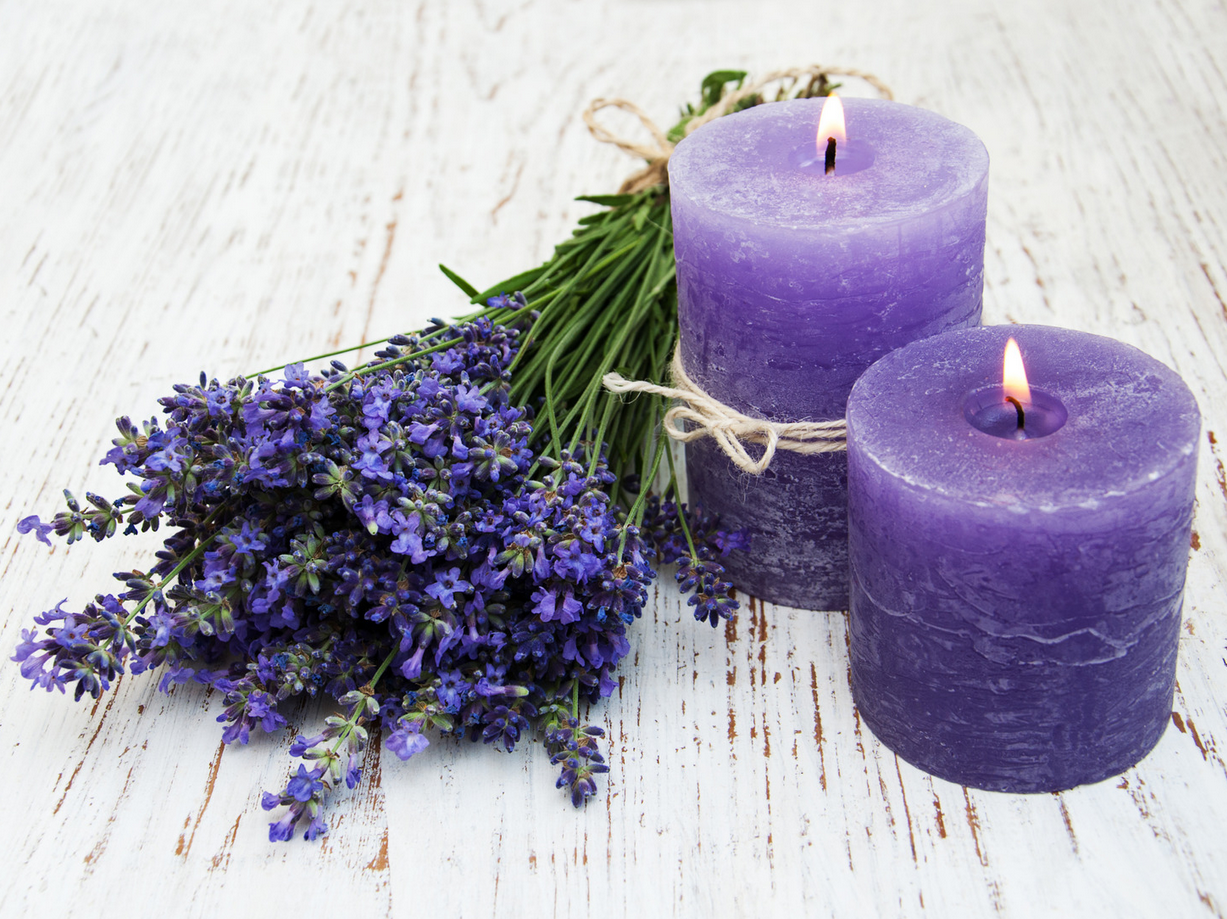

Embark on a Lavender-Infused Adventure
French lavender is not just a plant; it's a journey.
A journey that begins in the fertile earth and stretches into the realms of sensory delight and artistic expression.
It's a multifaceted plant that offers beauty, fragrance, and a host of uses.
From its cultivation in well-draining soil and full sun to its applications in dried arrangements, artwork, and essential oils, this plant is a treasure for gardeners and creatives.
By understanding the specific needs and characteristics of French lavender, you can successfully grow and enjoy this aromatic wonder in your own space.
Whether you're nurturing its silvery foliage in your garden or weaving its essence into your creative projects, French lavender stands as a testament to nature's generosity.
With the right care and a touch of imagination, this aromatic marvel can transform your surroundings and infuse your life with its calming presence.
So, why wait?
Let the adventure begin, and let French lavender be your guide to a world where beauty and inspiration bloom in abundance.
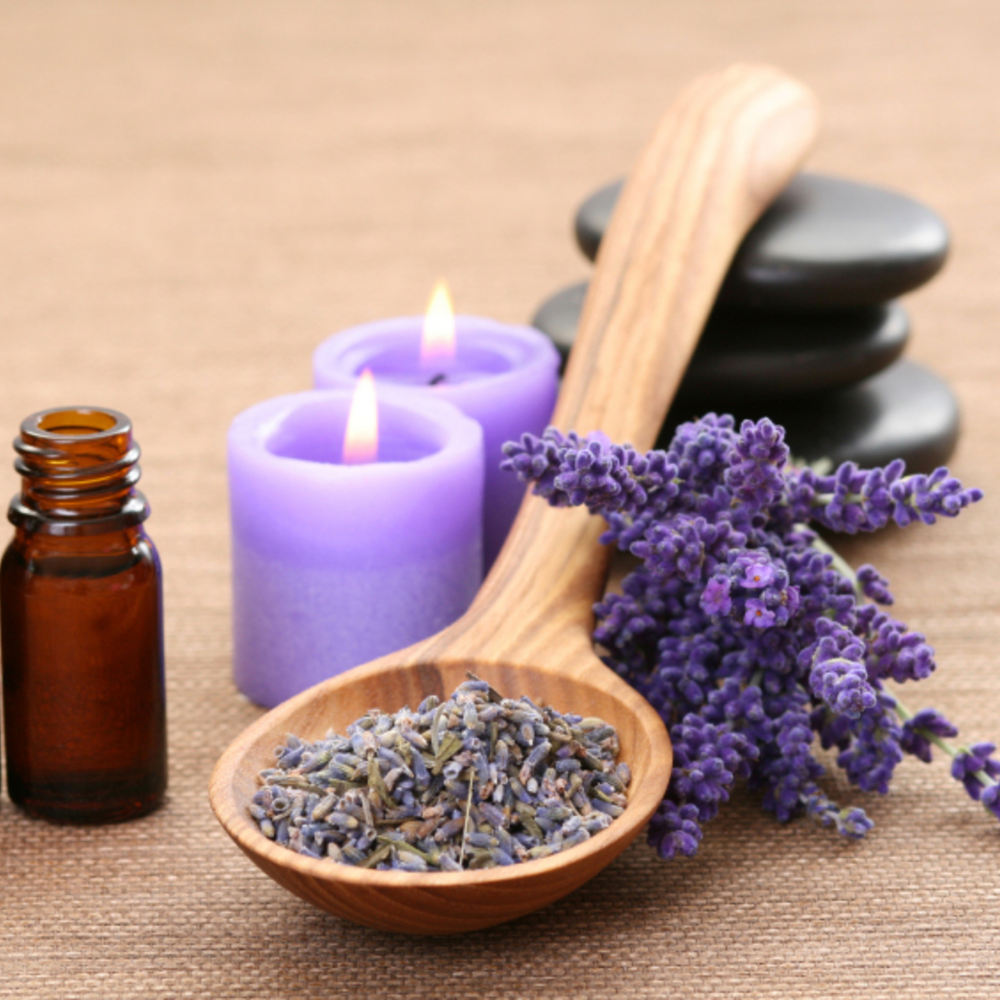
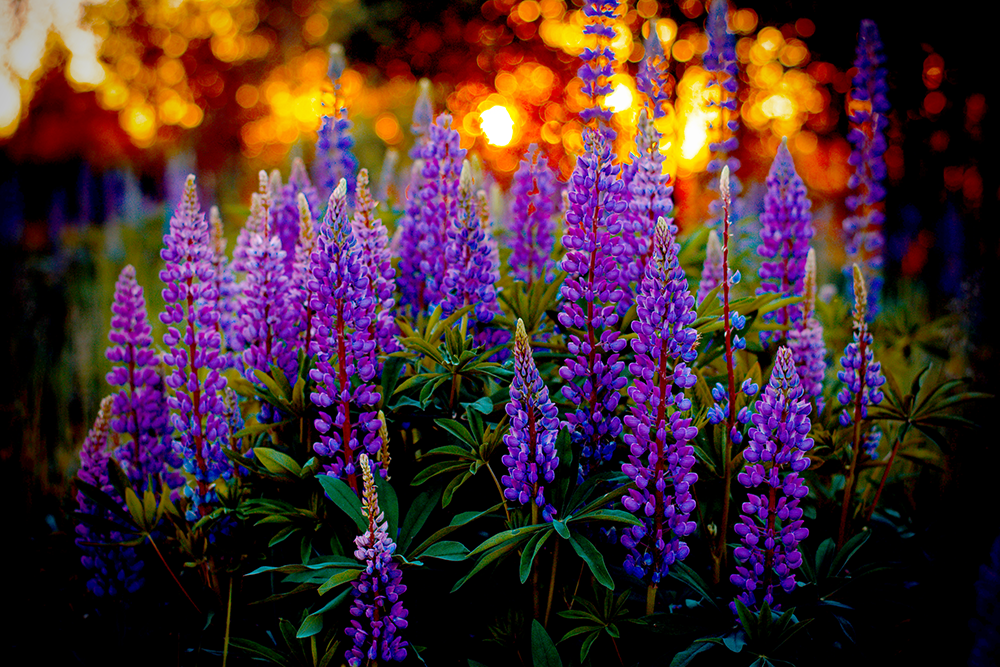

French Lavender FAQs
Let's dive into the fragrant world of French lavender!
Whether you're a seasoned gardener or a culinary enthusiast curious about incorporating this aromatic herb into your dishes, you've come to the right place.
From understanding the ideal watering practices to exploring its culinary uses and assessing its cold hardiness, we've gathered the most common questions to help you get the best out of your French lavender.
Let's embark on this lavender-scented journey together, unraveling the secrets to thriving plants and delightful flavors.
How often should I water French lavender?
Water French lavender sparingly, only when the soil is dry to the touch. It's extremely drought tolerant, so avoid overwatering to prevent root rot.
Can French lavender be used in cooking?
Yes, French lavender can be used in culinary applications. Its flowers add a floral note to dishes and are particularly suited for human consumption due to their less camphor-like flavor.
Is French lavender cold hardy?
French lavender can tolerate mild winters and bloom year-round in such climates. However, it may need protection from extreme cold, such as being grown in pots indoors or using gravel mulch to reflect heat and light onto the plant.
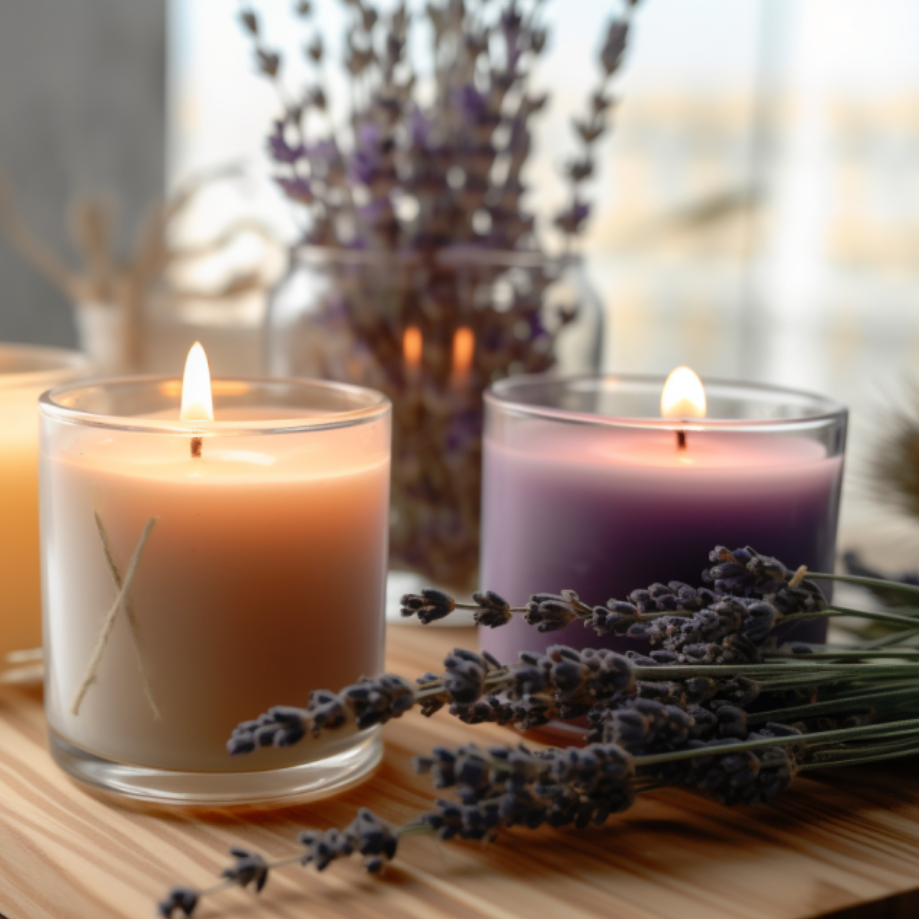
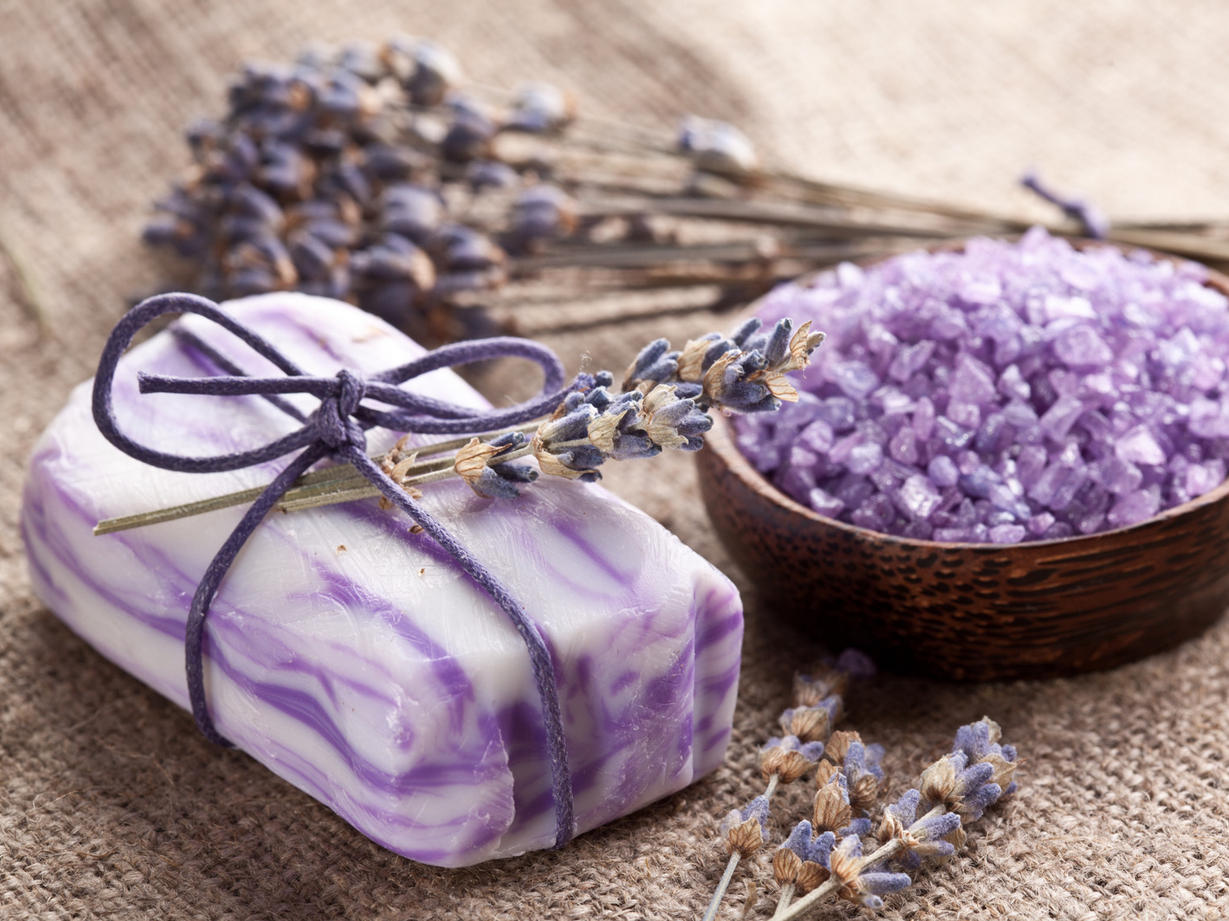
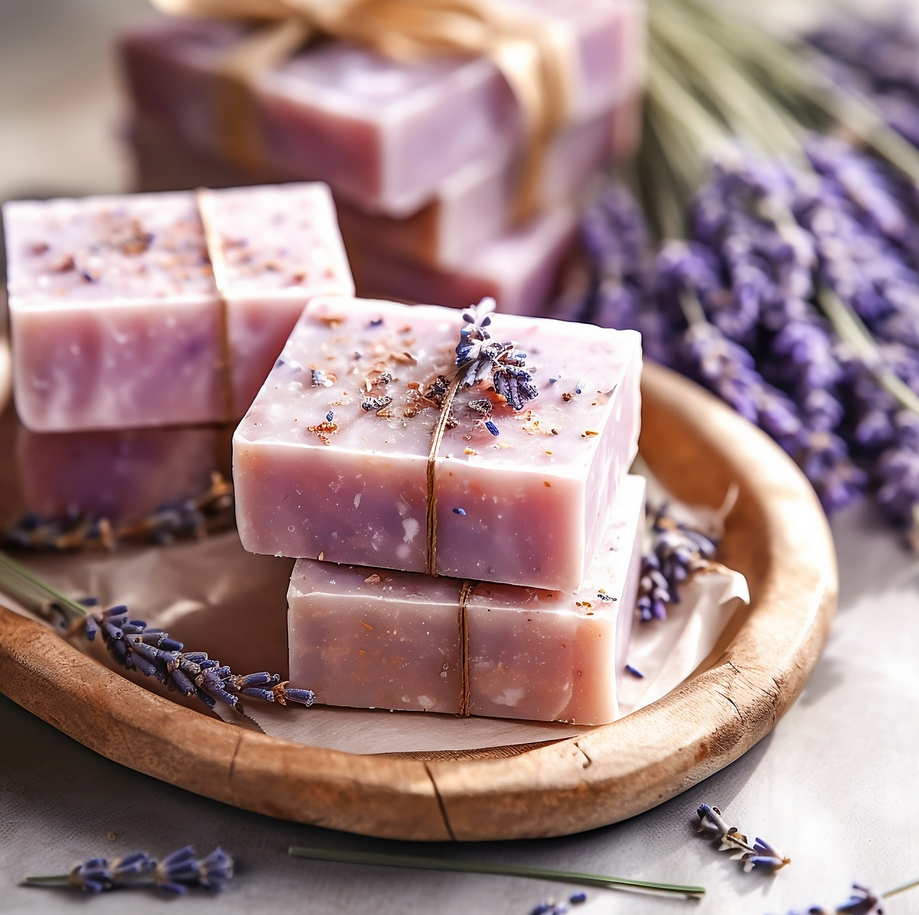
Looking for creative ways to use French lavender? Check out A Quaint Life's video!
Want even more content about creativity and art?
Be sure to check out all of our creative chronicles!
Interested in getting crafty with lavender?
You might want to check out some of our other articles:
